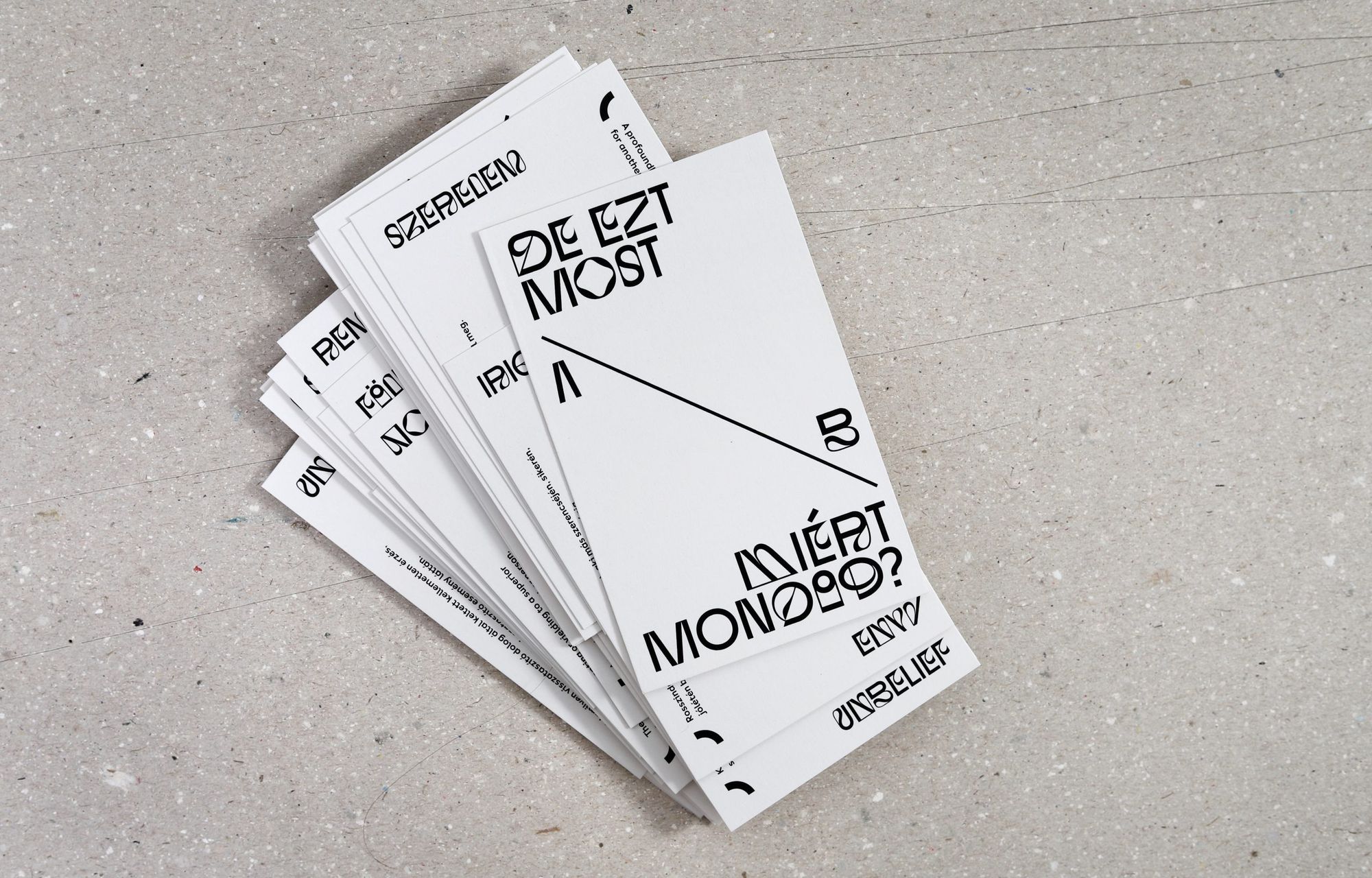What if we could make family quarrels, breakups and our emotional reactions in general more transparent with a deck of cards? Marcell Puskás’s experimental card game titled What’s on your mind? can help us observe our emotions.
“They talk to me, I understand the words, but many times I have no idea why the other is saying what they are saying and how I should react to that, or what I should feel” – Marcell said.“This is where the idea of creating a visual sign system that would allow us to model the emotional side of every communication situation in a flow chart manner came from. There would be icons symbolizing the speakers, pictograms expressing emotions and we could make complex charts using them – and I started working on the icon set consisting of abstract signs” – he continued.
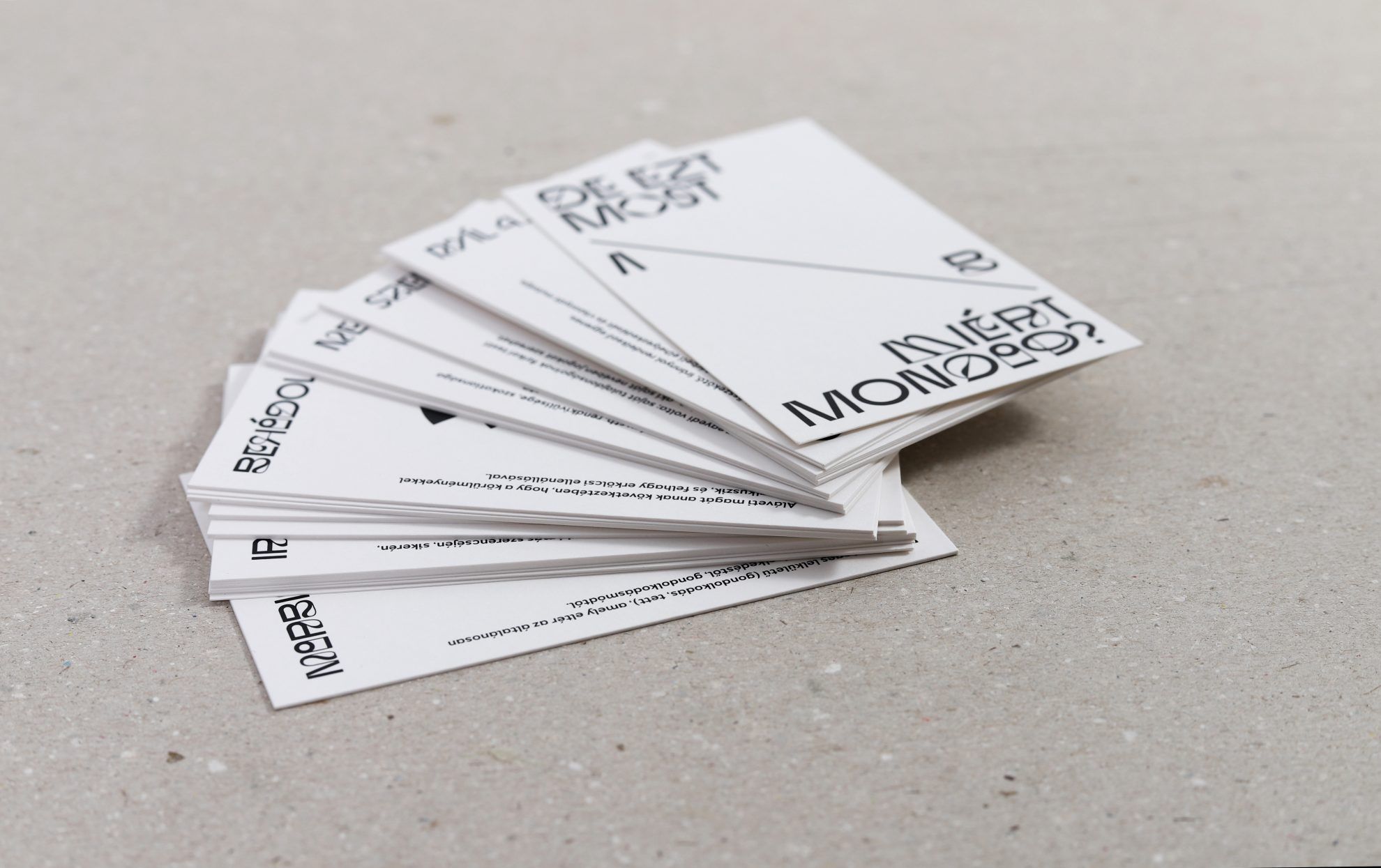
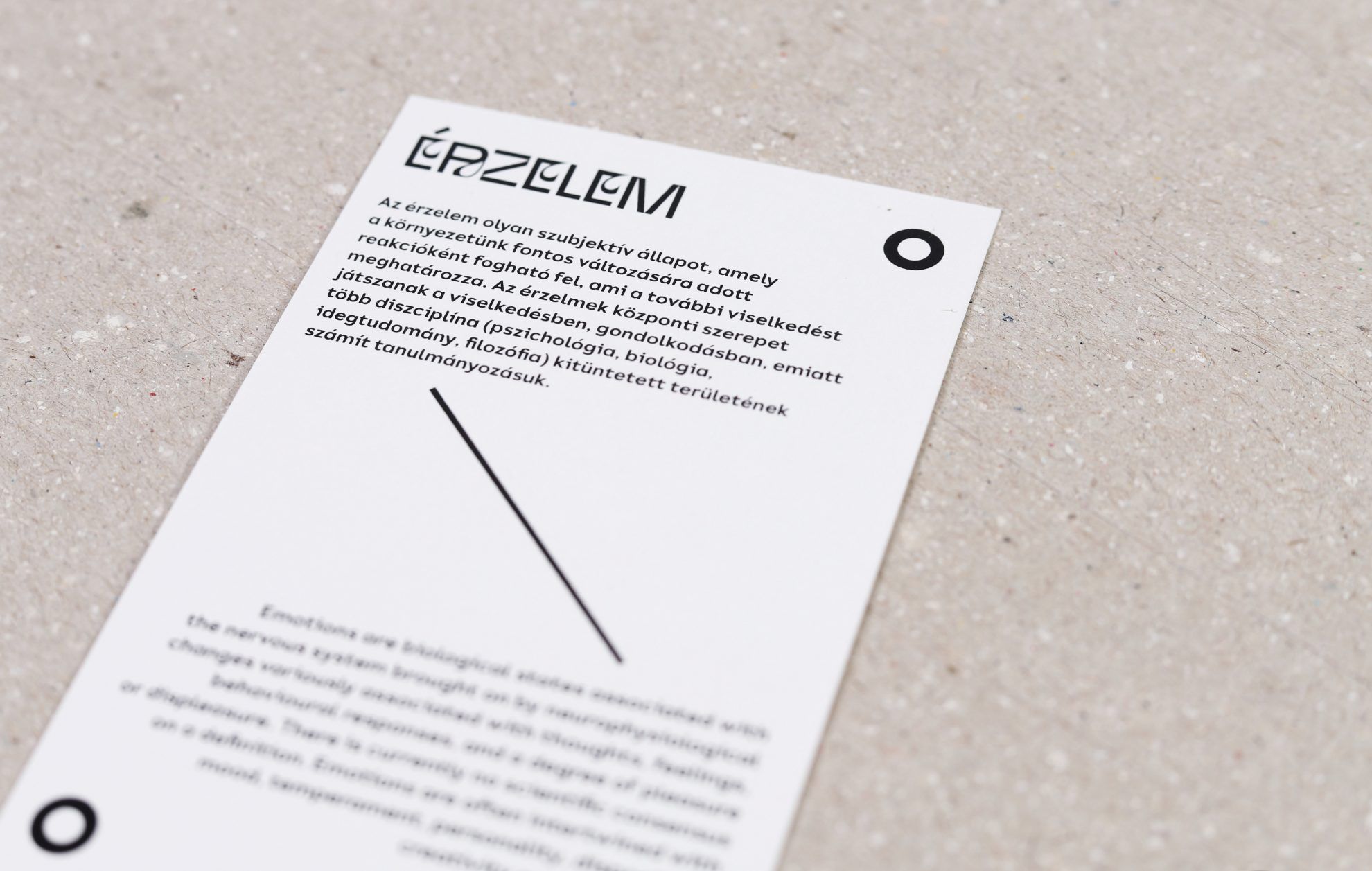
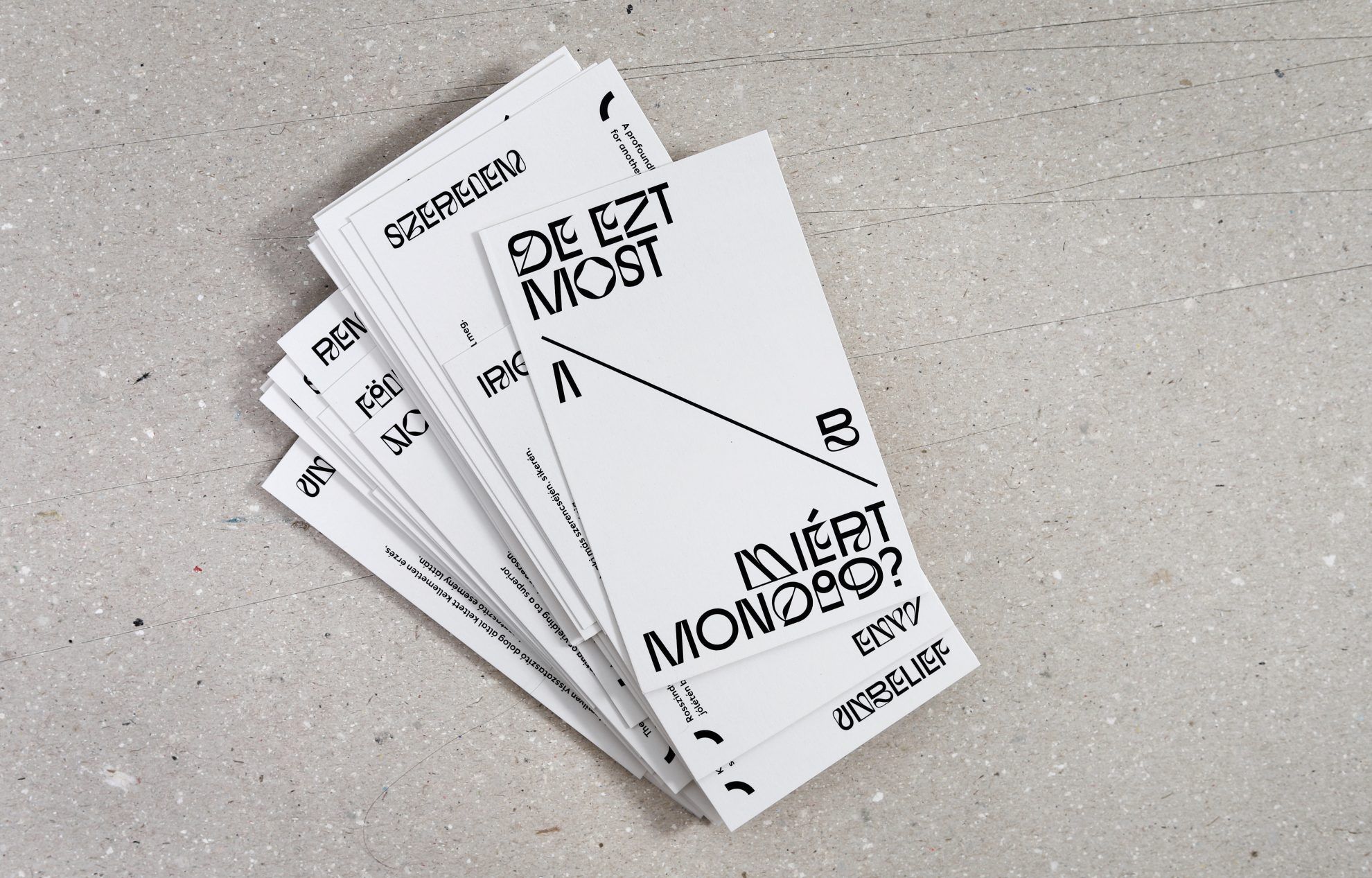
Marcell turned to the Plutchik emotion wheel when creating his game, resulting in cards centered around typography, with clean geometric element, swallowing us up not only with their content but also with their looks.
The pictograms displayed on the cards are distant associations related to the emotions expressed by the human face, portraying eight basic emotions and twenty-four complex emotions. Each pictogram is built up of the same basic elements: circle, straight line and tilde. The graphics are completed by the name and definition of the given emotion.
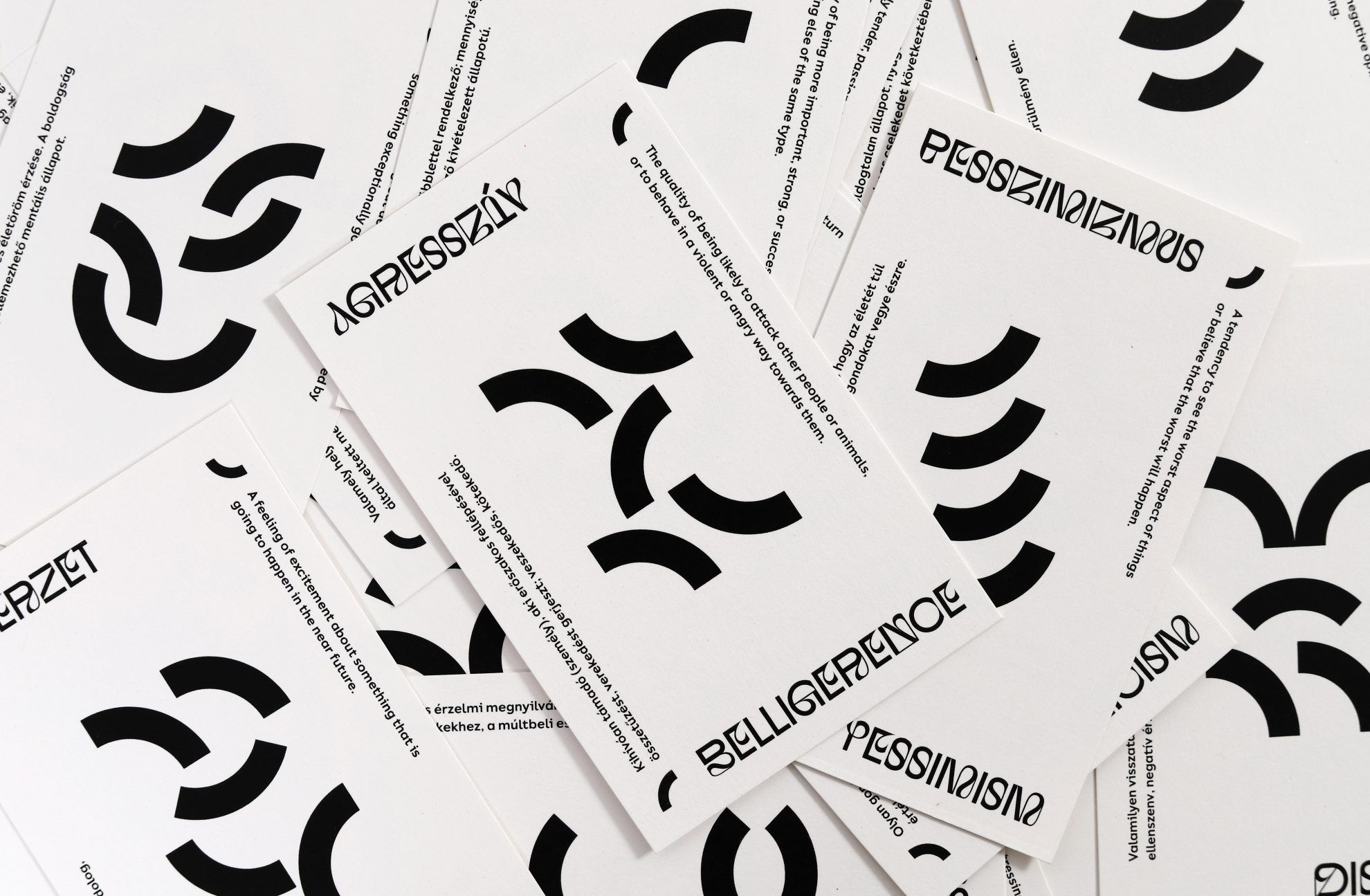
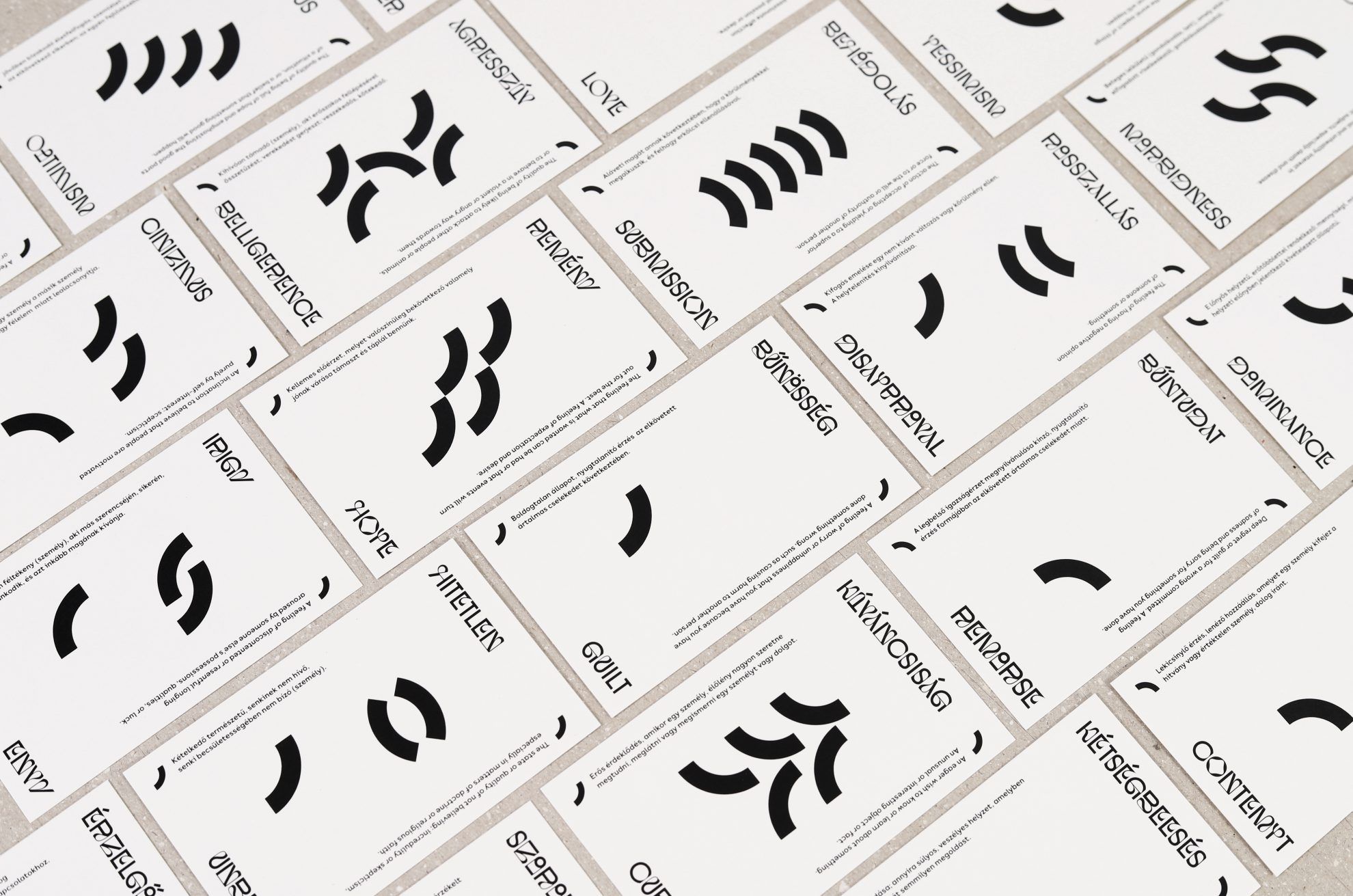
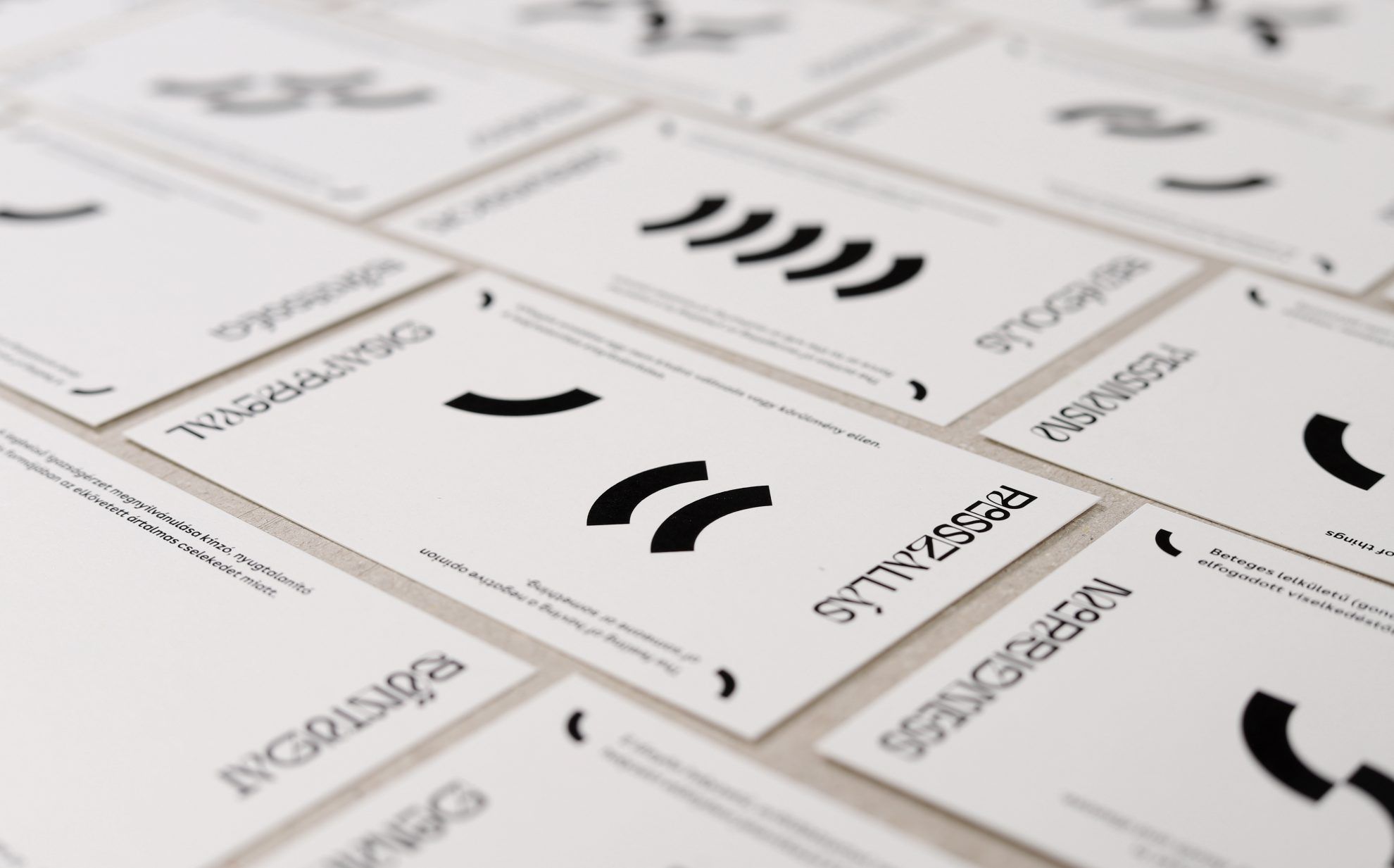
And how do we use them? Based on Marcell’s instructions, we can use them in two simple ways.
First method
Both parties play with a deck of cards. We think of a communication situation: for example we got into an argument with someone or we hurt a person. Once we have the situation we would like to analyze, we start to build up the flow chart. First we put down a person card, symbolizing us and then an arrow card representing the communication process. Then with the help of the emotion cards we express what we felt in the given situation: sadness, for example, and then our partner also puts down their person card and the emotion they felt, disappointment, for instance. Then we react by showing how the emotion made us feel, for example, we felt surprised – we can play this process for as long as we like, until we feel that the given situation has resolved.

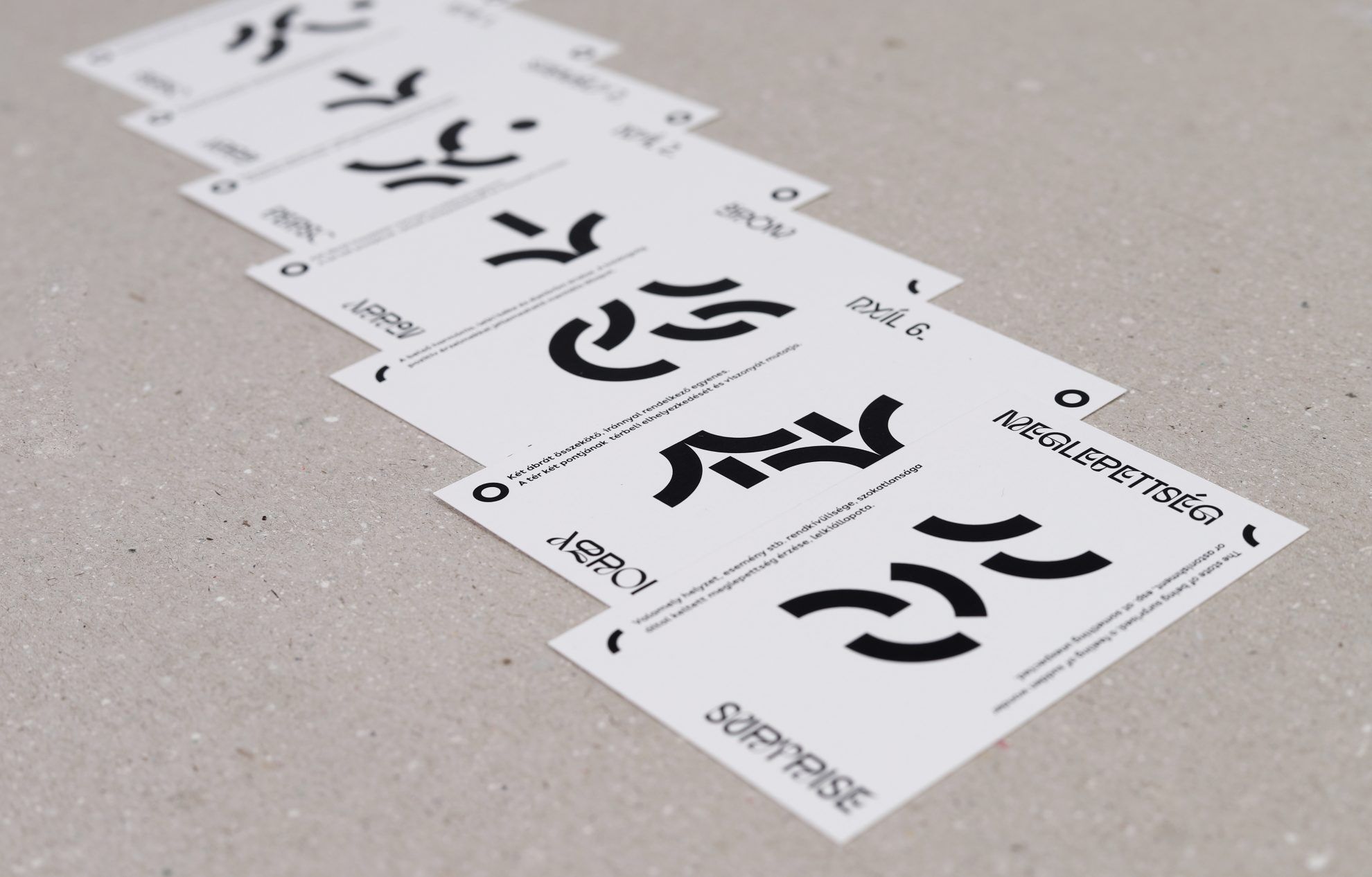

Second method
Just like before, both parties have a deck of cards, and we choose an optional situation like “how great it was that we spent the entire day together”. Once we have the situation, we start examining the cards. Instead of summarizing the situation in a simple sentence, with the help of the cards, many things can come to our minds: like “it was good because I felt joy because…” or “it was good because I felt safe, because…” or “it was good because I felt trust, because…” and so we can build up the chain of our emotions.
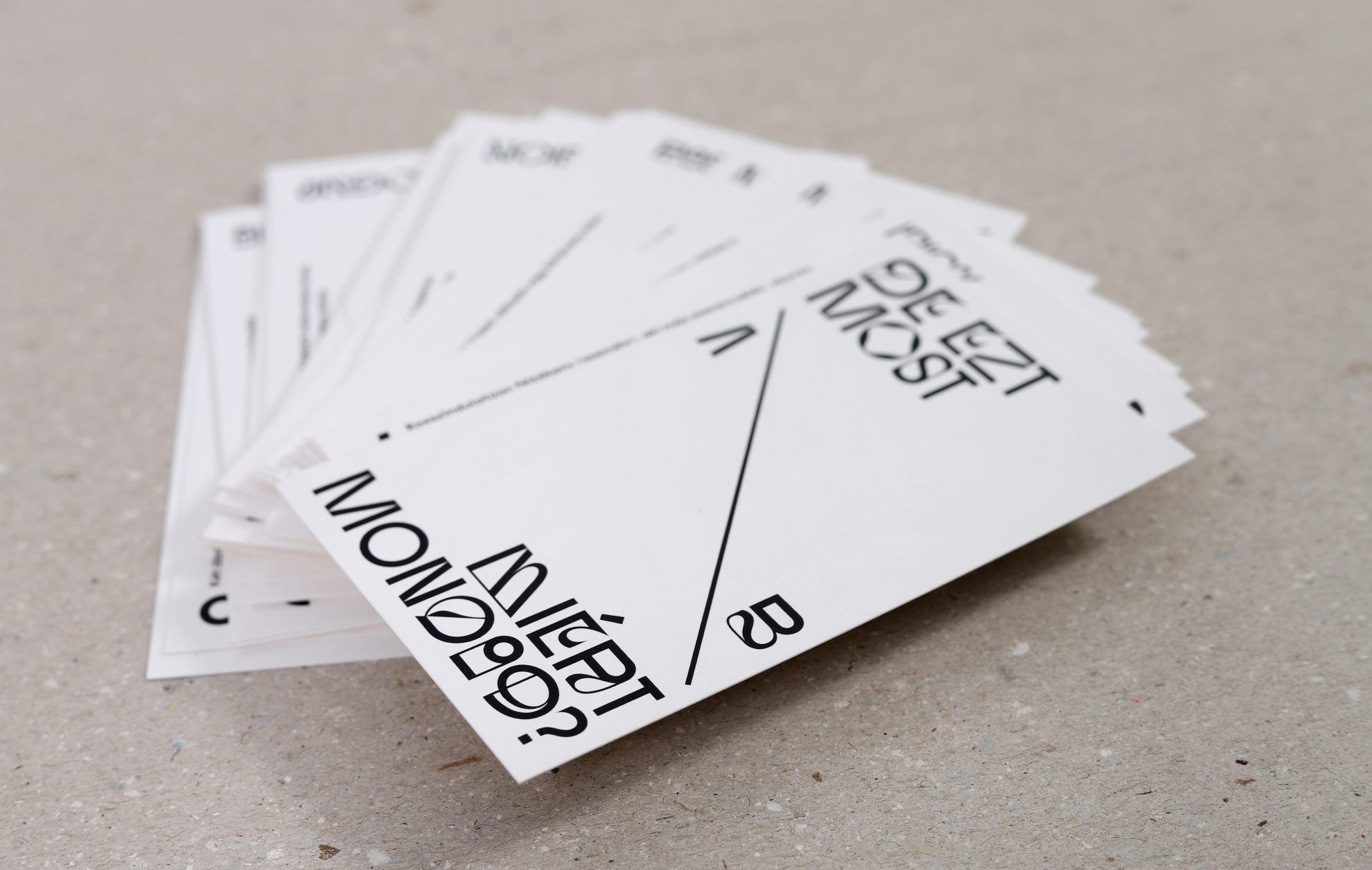
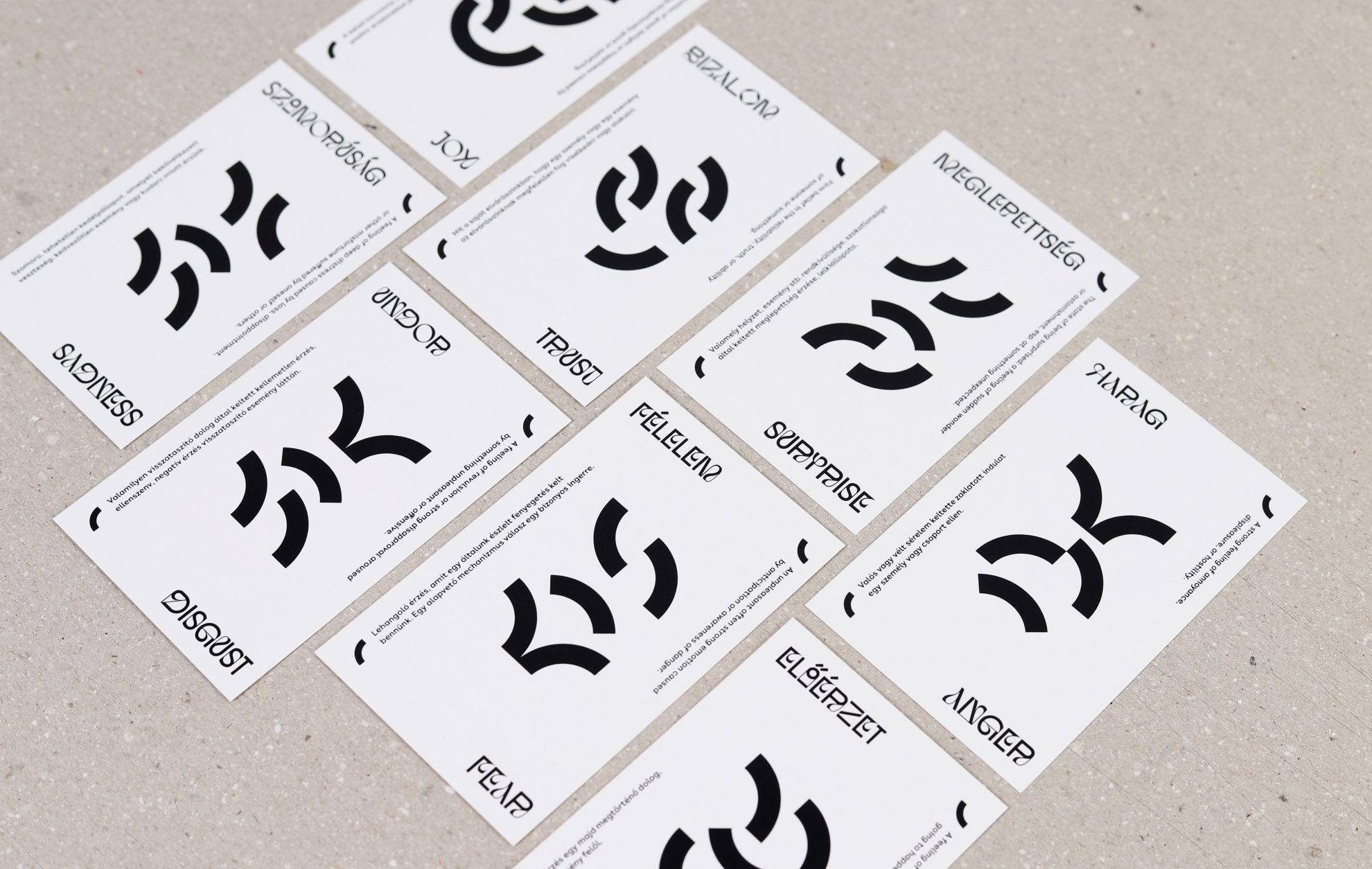
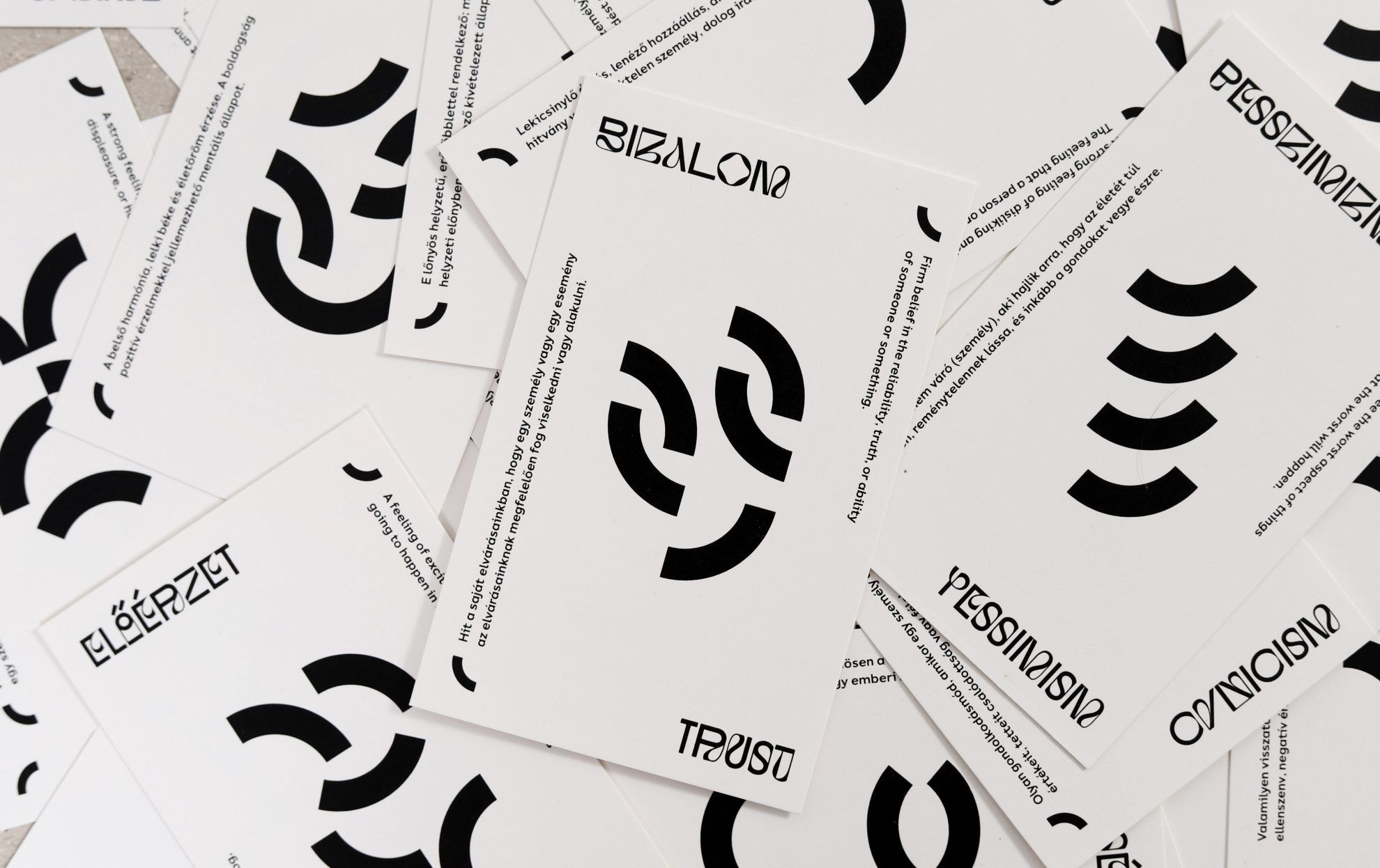
“The cards can help anyone who would like to better understand a given situation. They can help us model the emotional side of any communication situation. We can understand who said what and why, how it made them feel and so our partner can also give clear feedback with the very same icons about how their partner’s change of emotions influenced them“ – the designer explained.
The What’s on your mind? deck is currently only a prototype – we hope it will be available on the shelves of stores very soon. We can’t wait to try it out!
Marcell Puskás | Facebook | Instagram | Behance

Good people, good places | Big picture of gastronomy

HIGHLIGHTS EXTRA | The stars of Slovak design










